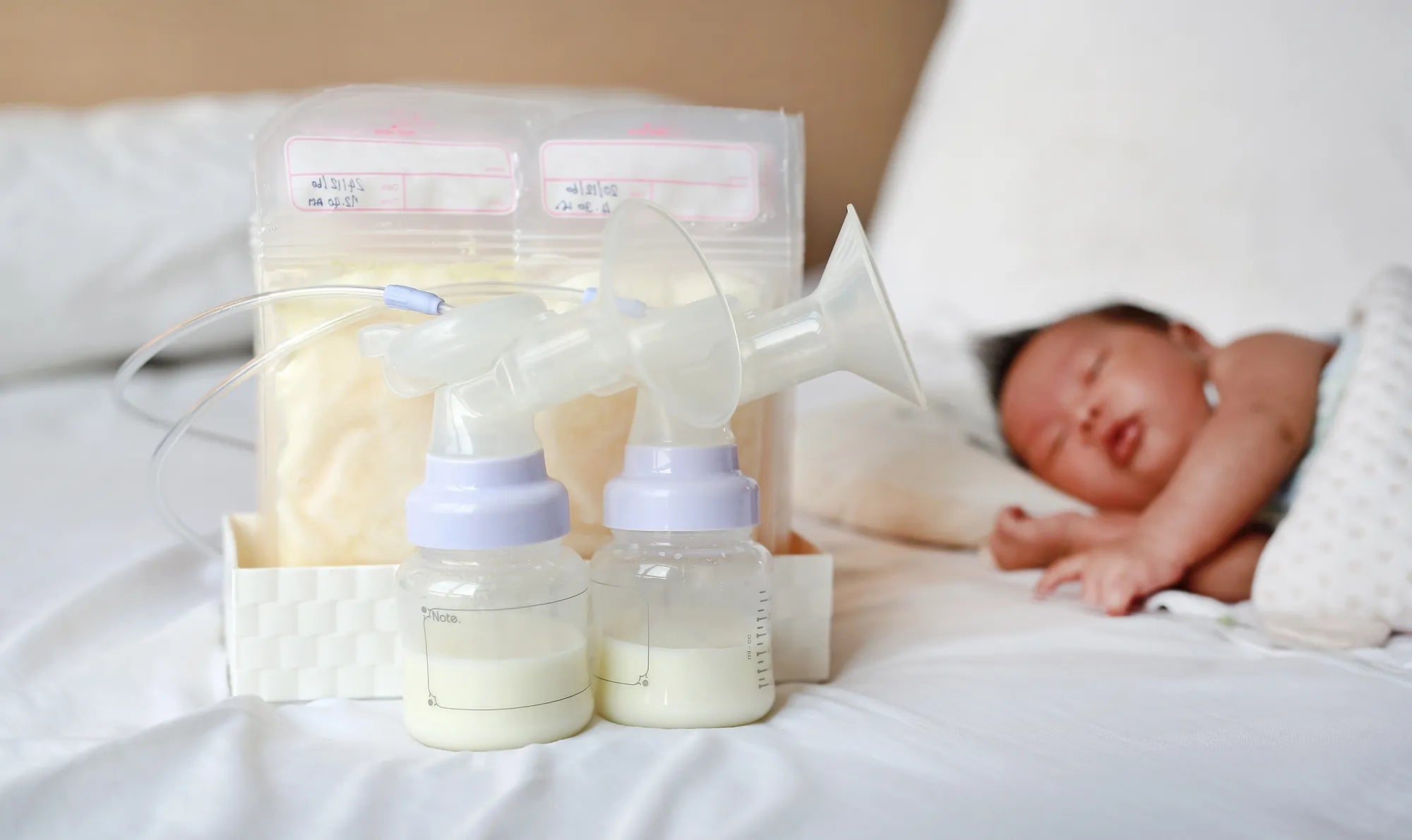Home
Pregnancy, Breastfeeding, and Pumping: The Ultimate Guide for Moms
Can You Keep Breast Pump Parts in Fridge? Exploring the Pros and Cons

Can You Keep Breast Pump Parts in Fridge? Exploring the Pros and Cons
When it comes to breastfeeding and pumping, convenience and hygiene are top priorities for many parents. One question that often arises is: Can you keep breast pump parts in the fridge? This practice has gained popularity as a way to save time and reduce the need for frequent cleaning. However, it’s essential to understand the potential benefits and risks before adopting this method. Let’s dive into the details to help you make an informed decision.
What Does Storing Breast Pump Parts in the Fridge Entail?
Storing breast pump parts in the fridge involves placing the components, such as flanges, valves, and bottles, in a clean container or bag and refrigerating them between pumping sessions. The idea is that the cold temperature will slow bacterial growth, allowing you to reuse the parts without washing them immediately. This method is often referred to as the "fridge hack" and is particularly appealing to busy parents who need to pump multiple times a day.
The Potential Benefits of the Fridge Hack
There are several reasons why parents might consider storing breast pump parts in the fridge:
- Time-Saving: Washing and sterilizing breast pump parts after every use can be time-consuming. Refrigerating the parts between sessions reduces the frequency of cleaning, freeing up valuable time.
- Convenience: For parents who pump at work or on the go, the fridge hack can make the process more manageable by minimizing the need to carry cleaning supplies.
- Reduced Water Usage: Less frequent washing means less water consumption, which can be beneficial for both the environment and your utility bills.
The Risks and Concerns of Refrigerating Breast Pump Parts
While the fridge hack offers convenience, it’s not without its drawbacks. Here are some potential risks to consider:
- Bacterial Growth: Although refrigeration slows bacterial growth, it doesn’t eliminate it entirely. Harmful bacteria can still develop, especially if the parts are stored for extended periods.
- Cross-Contamination: Storing breast pump parts in a shared fridge increases the risk of contamination from other food items or surfaces.
- Milk Residue: Any residual milk left on the parts can spoil, leading to unpleasant odors and potential health risks for your baby.
Best Practices for Storing Breast Pump Parts in the Fridge
If you decide to try the fridge hack, follow these guidelines to minimize risks and ensure safety:
- Use a Clean Container: Store the parts in a sealed, clean container or bag to prevent contamination.
- Limit Storage Time: Refrigerate the parts for no more than 4-6 hours between uses. Avoid leaving them in the fridge overnight.
- Wash Thoroughly: Even if you refrigerate the parts, they should still be washed and sterilized at least once every 24 hours.
- Monitor for Spoilage: Check for any signs of spoilage, such as sour smells or visible residue, before reusing the parts.
Alternative Solutions for Busy Parents
If the fridge hack doesn’t feel right for you, there are other ways to streamline the pumping process:
- Multiple Sets of Parts: Invest in extra sets of breast pump components so you can rotate them throughout the day and wash them all at once.
- Portable Sterilizers: Consider using a portable sterilizer or sanitizing wipes for quick cleaning on the go.
- Pumping Schedule: Plan your pumping sessions to align with times when you can easily clean the parts, such as during breaks or at home.
What Do Experts Say About the Fridge Hack?
Opinions on the fridge hack vary among healthcare professionals and lactation consultants. Some experts believe it can be a safe and practical solution when done correctly, while others caution against it due to the potential risks. Ultimately, the decision depends on your individual circumstances and comfort level. If you’re unsure, consult with a healthcare provider or lactation specialist for personalized advice.
Final Thoughts on Storing Breast Pump Parts in the Fridge
Deciding whether to store breast pump parts in the fridge is a personal choice that requires careful consideration of the pros and cons. While the fridge hack can save time and make pumping more convenient, it’s crucial to prioritize your baby’s safety by following proper hygiene practices. Whether you choose to refrigerate your parts or opt for alternative methods, the most important thing is to ensure that your breast pump components are clean and safe for every use. By staying informed and taking the necessary precautions, you can find a solution that works best for you and your little one.
Share

